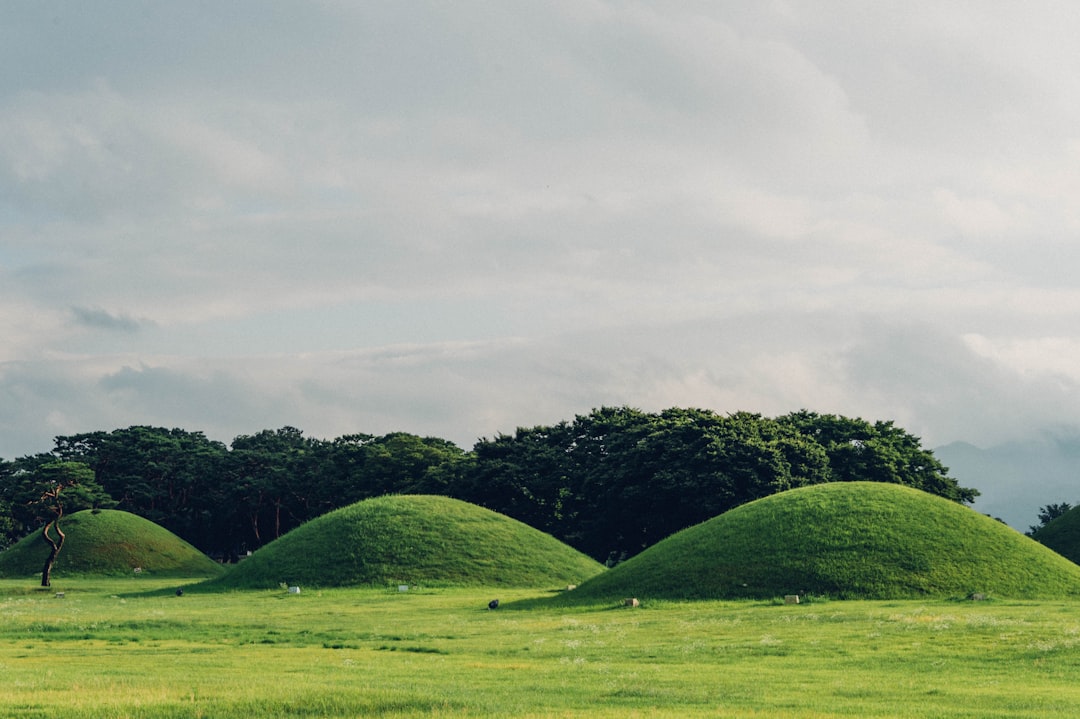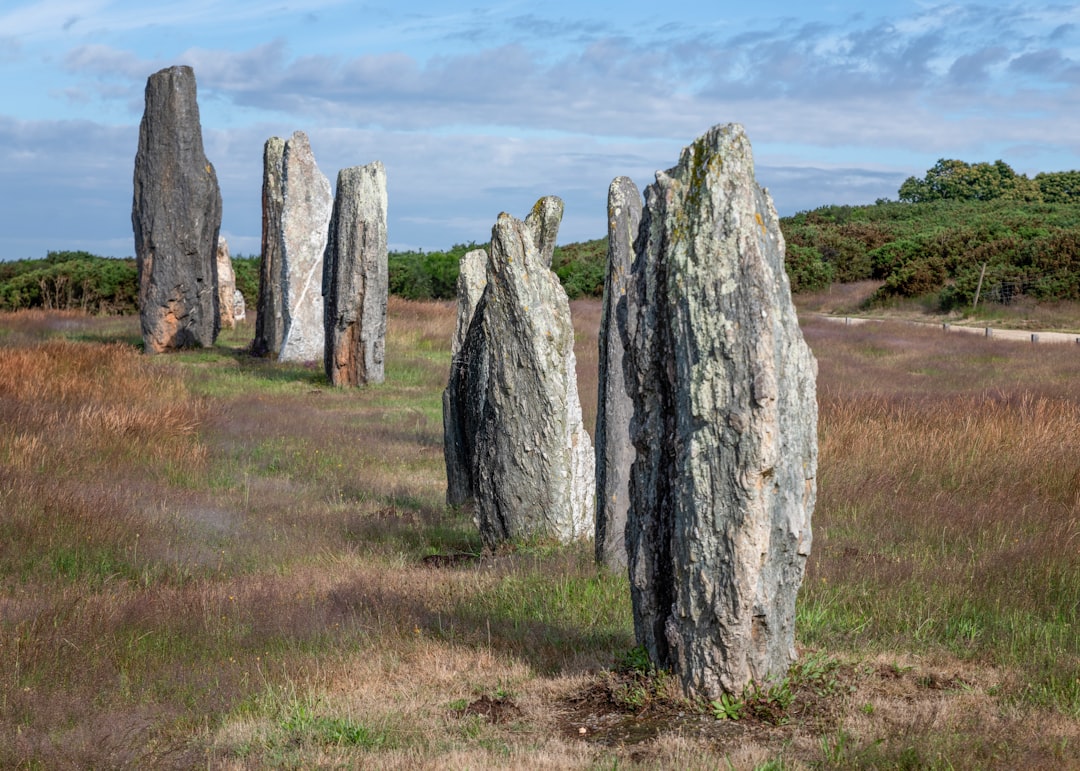What is it about?
Bone tools have been used by humans and human ancestors for millions of years. By examining features appearing on the surfaces of bone tools, we can sometimes determine what kinds of tasks the tools were used to perform. This study analyses bone tools recovered from a Moroccan Stone Age site, and shows that features appearing on them are a precise match with those found on tools used to make coiled baskets. Stone Age basketry does not often survive, so these tools provide a valuable window into an otherwise vanished technology. Using these baskets, Stone Age Moroccan peoples were able to collect, process, store, and eat acorns, pine nuts, and other food resources in a changing climate, enabling both population growth and food security.
Featured Image

Photo by Don Pinnock on Unsplash
Why is it important?
Studies of Stone Age materials often focus on stone tools, which were usually used in hunting and animal processing. By finding bone-tool evidence for crafting in the remote past, we can look at the lives, skills, and contributions of people who weren't involved in hunting: for example, women, children, the elderly, and people with physical and mental disabilities. By finding evidence for crafting in the Stone Age, we can much better understand both the technological capacities and social priorities of even our earliest ancestors. Because the ability to create and use tools is central to our development as a species, discovering formerly imperceptible and long standing technological traditions adds a wealth of color, texture, and depth to our understanding of the human story.
Read the Original
This page is a summary of: Bone Tool Proxy Evidence for Coiled Basketry Production in the North African Palaeolithic, Journal of African Archaeology, June 2022, Brill,
DOI: 10.1163/21915784-bja10018.
You can read the full text:
Contributors
The following have contributed to this page










